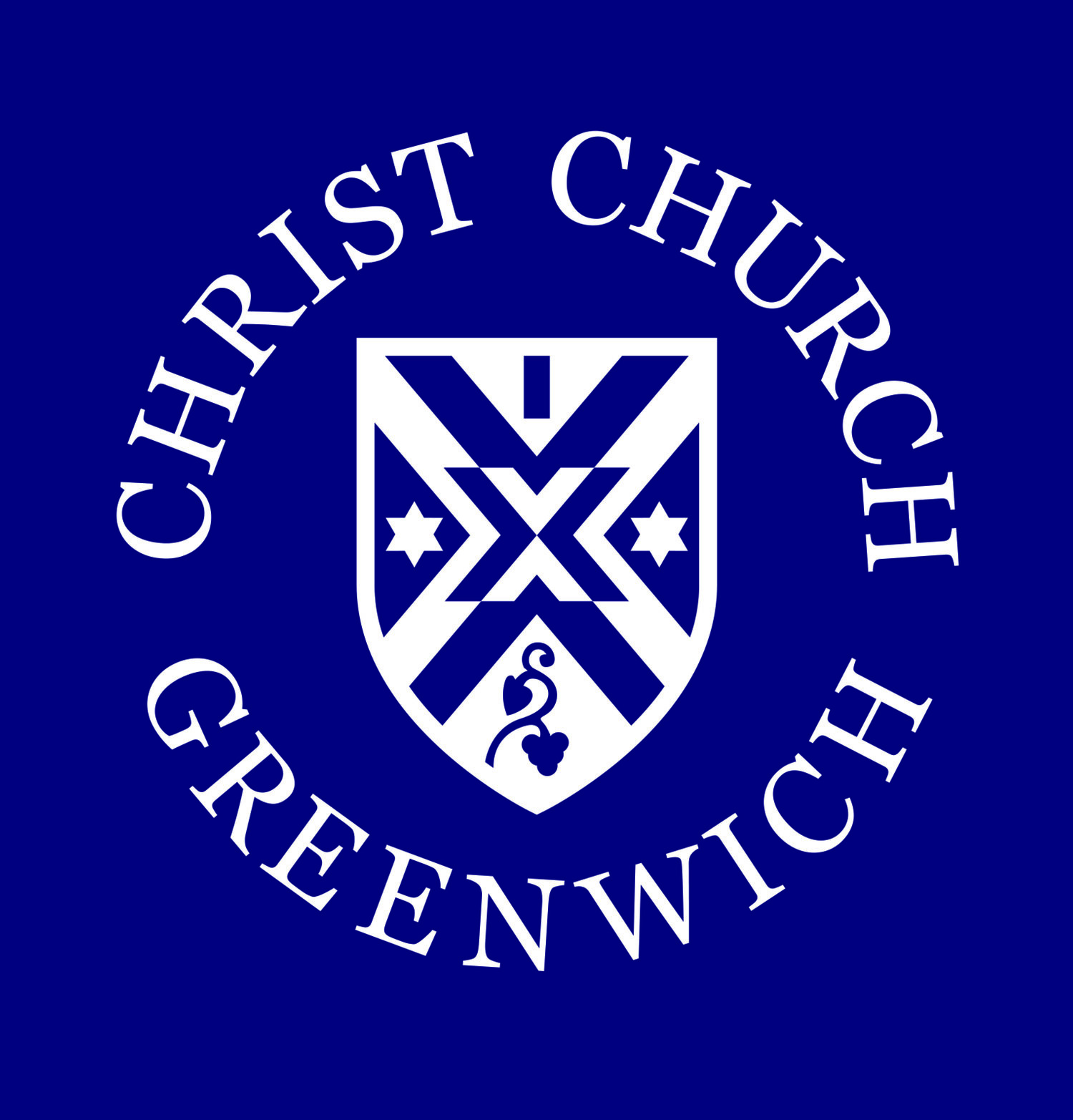St. Peter - Reredos
This one is obvious: Peter was the rock on which the Church would be built, and hence according to Roman Catholic teaching, the first pope. One of the first disciples chosen, he was the first to under- stand and explicitly state that Jesus was the Mes- siah: “[Jesus] said to them, “ ‘But who do you say I am?’ Simon Peter answered, ‘You are the Christ, the Son of the Living God’ ” (Matthew 16:15-16).
Because of this insight, Jesus shortens Simon Peter to simply Peter, playing on the pun that Peter is petros, the Greek for “rock”: “And I tell you, you are Peter, and on this rock I will build my church, and the gates of Hades will not prevail against it” (Matthew 16:18). Jesus then gives Peter the keys to the Kingdom of Heaven: “I will give you the keys of the kingdom of heaven, and whatever you bind on earth will be bound in heaven, and whatever you loose on earth will be loosed in heaven” (Matthew 16:19). There is an echo here of 1st century Judaism: The concept of divine authority is the authority to “bind and to loose,” to forbid and to permit. Note that there are always two keys to heaven, perhaps one to let in the good and one to lock out the evil from the eternal kingdom. A crest with these “keys saltire” (crossed), underneath the bishop’s miter, can be seen on the balcony as you exit the sanctuary. It is a sign of episcopal, and in the Catholic tradition, papal authority. Along with James the Great and John, Peter was present at Jesus’s Transfiguration (Matthew 17: 1-8). Perhaps his most famous moment was when, as Jesus predicted, Peter denied Jesus three times as recounted in all three synoptic gospel (e.g. Matthew 26:69-75). Peter was present at the resurrection, although Luke, John, and Paul (1st Corinthians) give different versions of the story. Along with James the Great and John, Peter was a “pillar of the Church” (Galatians 2:9). His relationship with Paul, however, was strained (Galatians 2:11) as Paul did not want Gentile followers of Jesus to have to abide by the same scriptural laws as Jewish followers and Peter disagreed. Unlike James, Peter escaped execution by Herod Agrippa (grandson of Herod the Great) by a miraculous angelic rescue (Acts 12: 1-12).
After the resurrection, Peter was an active apostle in the Holy Land, not only in Jerusalem but also in Antioch (Syria) before going to Rome. Two epistles bear his name, but scholars do not feel he was author of either. Nero is said to have executed Peter (perhaps with Paul) in Rome, c. 64 CE. Traditionally, Peter is said to have been crucified upside down at his request be- cause he felt himself unworthy of dying in the same manner as Jesus. His relics, by tradition, lie under St. Peter’s Basilica.
Peter is considered the founder of the Church in Rome. Despite Peter’s denial, or perhaps in part because of it, Peter remains the most important of the Twelve and his papal authority supreme for all Christendom— at least until the Reformation.
Dickerman Hollister, Jr. MD
A prayer for further meditation:
Almighty God, we honor St. Peter, the rock,
On which your Church stands, an immovable block.
May we, like him, be pillars of faith and love,
Built on this foundation laid from above.
Amen

